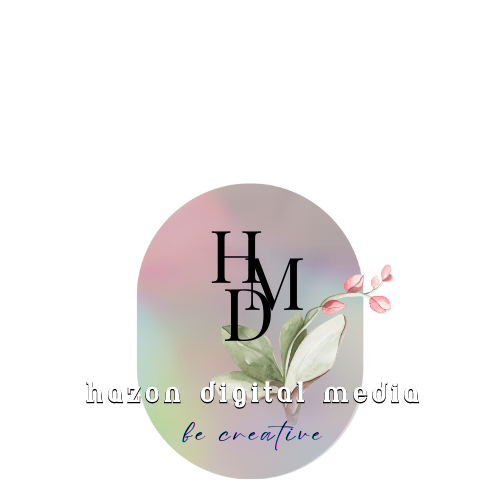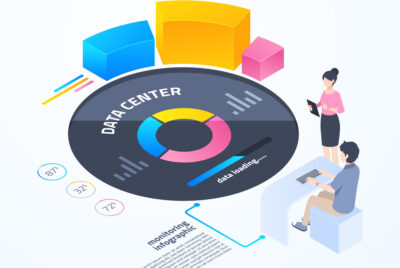In the evolving digital landscape, marketing is no longer a single-channel effort—it’s an ecosystem. Whether you’re launching a startup, scaling a brand, or optimizing an enterprise’s online presence, clearly articulating your digital marketing needs is the foundation for long-term success. This strategic outline breaks down the critical components, processes, and considerations every business should account for in building an effective digital marketing roadmap.
Core Areas of Digital Marketing Execution
1. Search Engine Optimization (SEO)
SEO remains the cornerstone of sustainable digital visibility. A well-executed SEO strategy improves search engine rankings, drives qualified traffic, and strengthens brand authority.
- Keyword Research: Identify high-intent, low-competition keywords to drive targeted traffic.
- On-Page SEO: Optimization of titles, meta descriptions, headers, and content structure.
- Technical SEO: Site architecture, mobile responsiveness, page speed, and indexability.
- Link Building: Authoritative backlinks to boost domain strength.
2. Graphic Design & Visual Identity
Strong visuals aren’t just aesthetic—they impact user experience, conversion, and brand perception.
- UI/UX Design: Intuitive interfaces that prioritize usability and conversion.
- Creative Tools: Mastery of Adobe Suite and Figma for branding, mockups, and asset creation.
- Design Consistency: Cohesive visual systems that align with brand guidelines across platforms.
3. Performance Campaigns & Paid Advertising
For rapid scalability and measurable ROI, paid media remains a key lever.
- Google Ads (Search & Display): Capture intent-driven traffic at critical decision points.
- Social Media Ads: Targeted campaigns across Meta, LinkedIn, TikTok, and more.
- Retargeting: Re-engage warm audiences with behavior-based messaging.
- Performance Tracking: Conversion goals, attribution models, and ROI analysis.
4. Content Strategy & Writing
Quality content not only engages your audience but also fuels SEO and brand credibility.
- Blogging, Landing Pages, Product Copy: All optimized for user intent and search visibility.
- Tone & Brand Voice: Consistent messaging tailored to buyer personas and user journey stages.
- Content Calendar: Strategically scheduled to align with campaigns, seasons, and trends.
5. Video Content & Editing
Video is among the most consumed content types today—and highly favored by algorithms.
- Explainer Videos, Reels, YouTube Content: Tailored for platform-specific engagement.
- Editing Expertise: Transitions, motion graphics, captioning, and brand overlays.
- Storyboarding: Ensures that visual storytelling aligns with marketing goals.
6. Web Design & Development
Your website is your digital HQ. It must be fast, functional, and conversion-optimized.
- Front-End & Back-End Development: Seamless integration with CMS platforms (WordPress, Webflow, Shopify).
- Mobile Optimization: Responsive design and adaptive layout strategies.
- Conversion Design: CTA placements, user flow, and trust signals.
7. Email Marketing
Email continues to deliver one of the highest ROI among all digital channels.
- List Segmentation & Personalization: Precision targeting for different lifecycle stages.
- Automation Flows: Drip campaigns, cart abandonment, re-engagement workflows.
- A/B Testing: Subject lines, timing, and content variations to optimize open and click-through rates.
8. Analytics & Data Tracking
Marketing without measurement is guesswork. Analytics ensures data-driven decisions.
- Google Analytics: Track user behavior, conversions, traffic sources, and funnel flow.
- GA4 Setup & Tagging: Future-proof tracking architecture.
- Custom Dashboards: Real-time KPIs visualized for key stakeholders.
9. Mobile App Development & Marketing
If an app is part of your business model, it must be integrated into the broader strategy.
- UI/UX for Mobile: Native design principles for iOS and Android.
- App Store Optimization (ASO): Keyword optimization, reviews, and visuals for discoverability.
- In-App Marketing: Push notifications, cross-channel campaigns, and onboarding flows.
10. A/B Testing & Conversion Rate Optimization
Continual refinement of assets and messaging to improve performance across channels.
- Split Testing: Headlines, CTAs, images, layouts.
- Heatmaps & User Flow Analysis: Understand friction points and user behavior.
- Hypothesis-Based Experimentation: Structured testing that informs creative and strategic direction.
11. AI & Automation
AI tools accelerate production, improve personalization, and automate repetitive tasks.
- Chatbots, Predictive Analytics, Smart Copy Tools: AI-enabled enhancements to user experience.
- Workflow Automation: Seamless integration across CRM, email, and ad platforms.
- Content Generation & Optimization: Human-in-the-loop AI models to boost efficiency.
12. Omnichannel Strategy
Today’s user doesn’t interact with a brand on just one platform. Your marketing must follow suit.
- Unified Messaging: Brand voice consistency across all channels.
- Customer Journey Mapping: Touchpoints optimized across web, mobile, email, and offline.
- Channel Attribution: Understand how each interaction contributes to conversion.
SEO vs. SEM: The Balance of Strategy
- SEO (Search Engine Optimization): Long-term visibility via organic content and structure.
- SEM (Search Engine Marketing): Paid strategies like Google Ads and retargeting for immediate traffic and lead generation.
A hybrid approach—leveraging the compounding power of SEO with the agility of SEM—often produces the most effective digital outcomes.



